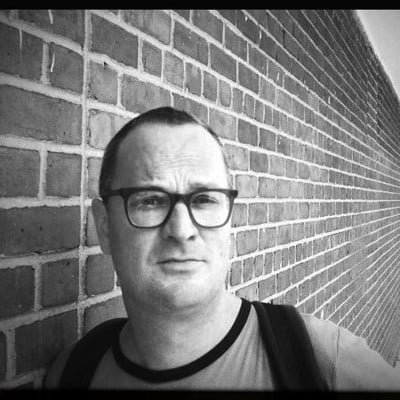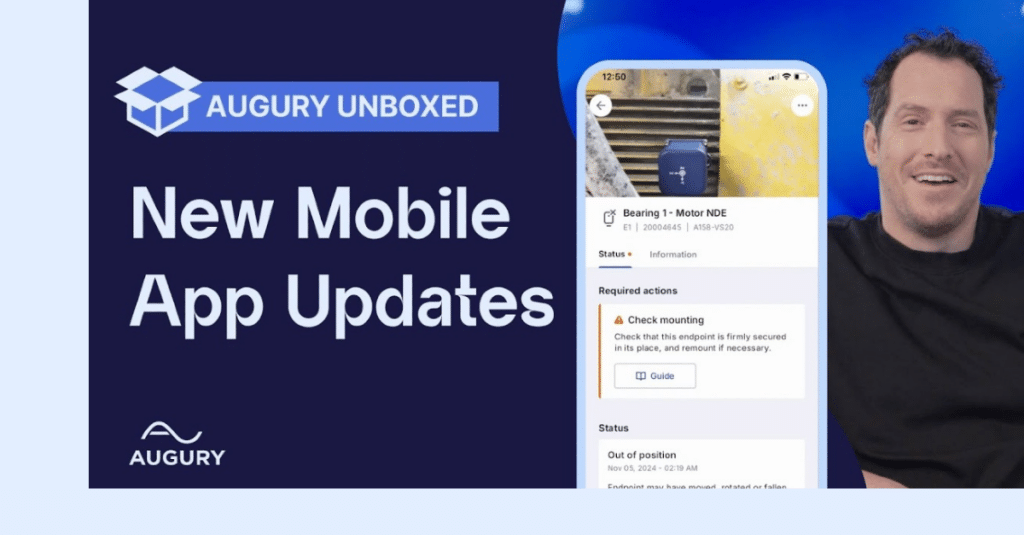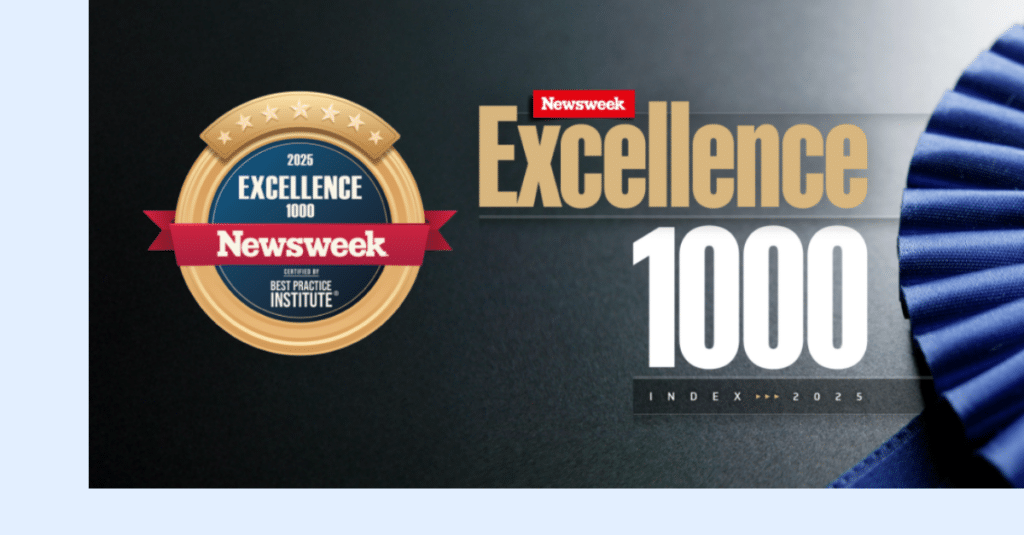
With machine health specialists Augury expanding rapidly in 2021, it’s a good time to look back at the company’s origin story – a story that is less about a “eureka moment” and more about “the three years we spent in our basement”, according to cofounder and CTO Gal Shaul. “We had the luxury to continually say ‘Hey, let’s learn and figure it out’ and that spirit remains.” Today, Augury is still asking questions to stay ahead – and to empower their manufacturing clients to do the same.
The Short Origin Story
It was a decade of learning ago. Gal Shaul had flown to India to make a service call for the medtech company he was working for. He was there to fix a software problem, but upon entry he could immediately hear that it was just a clogged filter – a problem easily solved with a water hose. “It was embarrassing so I stayed an extra day or two to solve the ‘software problem’,” chuckles Augury’s Chief Technology Officer.
But it did set Gal thinking about the time and money that would have been saved if this filter had only given him a call to say, “Hey buddy, I need some de-clogging action.”
“People would call this a eureka moment. And sure, it makes a good story: we get this big idea that solves a real problem, we get funding and we quit our day jobs. But the real story is in the almost three years we spent in the basement,” says Gal.
“It’s like love. Sure, love at first sight happens, but most great loves need more time to unfold. Before it becomes tangible. Before you realize how big you can dream.”
The Longer, More Complicated Story: Asking and Listening
Today, Augury technology is installed on thousands of machines, with customers that include some of the world’s largest manufacturers, from Heineken to Colgate-Palmolive. During a new funding round in 2020, the company raised over $55 million.
We didn’t have a big vision yet. We weren’t thinking about how we could sell it. First, we needed to prove it for ourselves.
Ten years ago, when Gal was having his filter moment, his tech university friend – and future Augury co-founder and CEO – Saar Yoskovitz was already exploring the possibilities of using machine learning to analyze sound. “Back then everything related to non-speech sound signatures was still at a very early stage. Together, Saar and I started listening to machines – it could have been trains or birds,” recalls Gal.
“We took a long time to ask questions and figure it all out. We were in search of tangible outcomes. We didn’t have a big vision yet. We weren’t thinking about how we could sell it. First, we needed to prove it for ourselves.”
Discovery Phase As Business Model
At one point, Gal and Saar did start asking questions about startups in general, on what they needed to learn to succeed at running a small company, the how of finding funding, etcetera. “Learning to do customer development was probably the biggest thing for us. Starting from speaking to strangers and knowing what to ask. While at the same time figuring out where we were going to start and where we were going to land. I think that took almost half our time in those first years,” says Gal.
“We also spent a lot of time with consultants and mentors. Basically, it started with talking with everyone who was willing to talk to us. Over time, we could get more specific about what we had to learn. Even today when we have a big decision in front of us, we go: ‘Let’s find four companies that have done it before us. Let’s try to find out how it’s been done, use our network of our investors, and then we’ll decide if it’s right for us’,” says Gal. “The discovery phase for us took a lot of time. But I think it was more than worth it. Since day one, we had the luxury of saying ‘Hey, let’s learn and figure it out.”
It’s about constant discovery and constant changes. We know we have to keep innovating to stay relevant.
“Today as we grow, we’re doing the same but more in terms of constantly redesigning things: how we can do things differently, how we can do things better. It’s about constant discovery and constant changes. We know we have to keep innovating to stay relevant.”
Empowering the Client
The same curiosity is being applied to figuring out how to best tackle the particular challenges faced by individual clients and partners. “I think that’s how we stand out. People have always wanted to sell stuff to manufacturers, but without the intent of being there on the ground and getting into what a particular facility really, really needs. To be there to help from day-to-day, so they want to keep using our technology and enhance their skills. So, they start to ask the right questions to empower themselves.”
“At one point you just fall in love with learning. It helps you understand what is required of the technology. It helps you understand the market. It helps you to understand people. It helps you understand what really needs to happen.”
Learn more about empowering your maintenance team by signing up for one of our tutorials.




